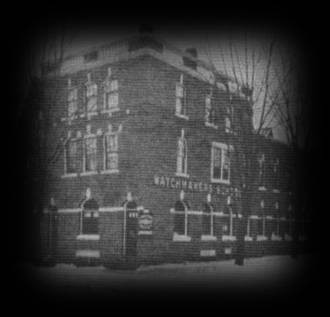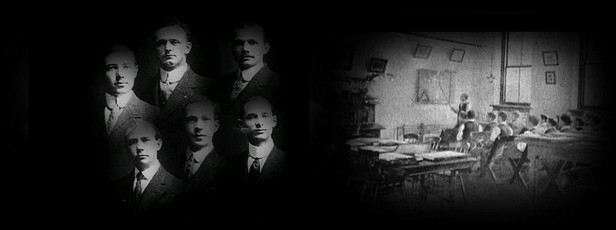
 |
|
|

HistoryThe idea of a horological school was conceived in the late 1880s when controversy began to brew over what to do with the "botch", a less than affectionate name given to an individual who claimed to repair watches but more often than not returned them to their owners in worse condition than when they were dropped off. While some jewellers suggested that a horological training school, similar to those found in Europe was the only way to eradicate the "botch", others argued that such an undertaking would result in total failure, citing cost and lack of interest as deterrents. Despite the debate, by May 1890 a decision had been made. Edward Beeton, a successful Toronto jeweller, and a young, relatively unknown unknown watchmaker by the name of Henry R. Playtner, would open the first horology school in Canada, appropriately named "The Canadian Horological Institute". In a letter to "The Trader", the Canadian magazine for the watch and jewellery trade, Beeton announced the school's impending opening and one month later, in June, the doors opened with two students in attendance. The reasons were never documented, but Playtner and Beeton did not continue their partnership at the CHI very long. By August 11th, just two months after the school's inception, Beeton had resigned, leaving Playtner in control. Playtner devised a program that was broken down into lectures, technical drawing and benchwork. Students with prior experience were allowed to enroll as "Improvers" for either six months or one year; students without prior experience were signed on for two years. The two year students were then further divided into three groups: "A-1"s (individuals who would complete a masterpiece watch from raw materials); "A"s (individuals who would also create a masterpiece watch but from "rough punchings") and finally, students who would never complete a masterpiece watch but who were encouraged to stay at the bench to gain experience and speed. This third category did not qualify for a diploma, nor could they call themselves "graduates". In its 23 years, the school operated out of three Toronto locations. The first was at 133 King Street, the only building which remains standing today. When enrollment increased and Playtner required more space for his students, he moved the school down the street to the prestigious Oak Hall Building at 115-121 King Street. The final move took place in 1907 when the facility moved to 550 Church Street. This building was the finest location. Not only did it feature all the modern conveniences of the day but was designed, built, and owned by Playtner himself. For many years, student enrollment steadily grew and at one point Playtner advertised in "The Trader" magazine that he was able to attract students from as far away as England, Japan, Australia and India. At its zenith, the school had about 30 students per year, a far cry from the first year where only two had enrolled. It was around 1912 that attendance began declining and just a year later, in June of 1913, Playtner closed the Institute. The reason for the closure remains a mystery but whatever the cause, Playtner went out with his head held high. In a final advertisement in "The Trader", he wrote: "Twenty-three years established! How some professed to laugh and predicted ignominious failure, well do we remember it! The work of a lifetime has been accomplished here; we hold the highest reputation through sheer force of merit - and have never been forgiven in some quarters that our work proved their talk lies. And now we are able to announce that we have won out in every respect." |
